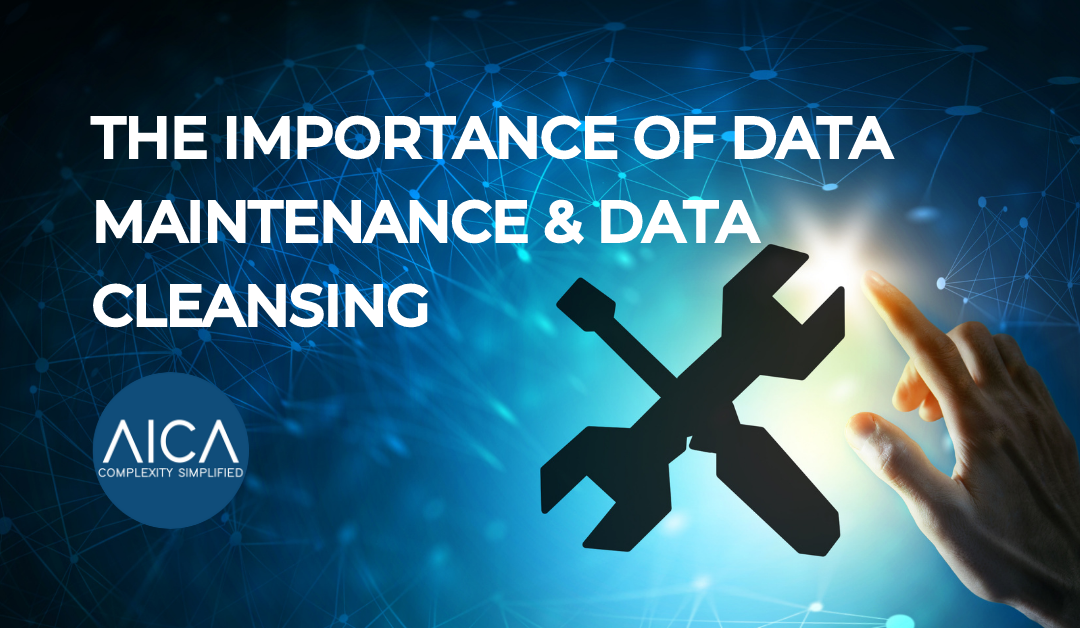In today’s data-driven world, the importance of maintaining accurate and up-to-date information cannot be overstated. This is where data maintenance and data cleansing come into play. Data maintenance involves monitoring and managing data to ensure its accuracy, completeness, and relevance, while data cleansing refers to the process of identifying and correcting inaccurate, incomplete, or irrelevant data.
While both processes are essential in ensuring data quality, they are most effective when used together. Data maintenance alone may not be sufficient as it does not address errors and inconsistencies in the data. Similarly, data cleansing alone may not be effective as it does not address the root cause of the errors, and the data may become inaccurate again over time.
Combining data maintenance and data cleansing ensures that data remains accurate and up-to-date over time. This helps to improve data quality, reduce costs, increase efficiency, make better decisions, and enhance the overall customer experience. The effectiveness of data maintenance and data cleansing is therefore dependent on their combination, as this provides a more holistic approach to managing data.
What is Data Maintenance?
Data maintenance refers to the ongoing process of monitoring and managing data to ensure that it remains accurate, complete, and relevant. This involves regularly updating and validating data, identifying and fixing errors, and ensuring that the data is stored securely. Data maintenance is essential in ensuring that data is useful, reliable, and of high quality, making it more valuable to businesses and organizations.
What is Data Cleansing?
Data cleansing, also known as data scrubbing, is the process of identifying and correcting or removing inaccurate, incomplete, or irrelevant data from a database. This includes removing duplicate entries, correcting spelling errors, and updating outdated information. Data cleansing is essential in ensuring that the data is accurate and reliable, reducing the risk of errors and inconsistencies that could impact decision-making.
The Importance of Combining Data Maintenance and Data Cleansing
While data maintenance and data cleansing are both essential in ensuring the accuracy and reliability of data, they are most effective when used together. Combining these two processes can help to ensure that data remains accurate and up-to-date over time, reducing the risk of errors and inconsistencies that could negatively impact business operations.
Here are some of the key benefits of combining data maintenance and data cleansing:
Improved Data Quality
By regularly maintaining and cleansing data, businesses can ensure that the data is of high quality, making it more valuable for decision-making.
Reduced Costs
Data maintenance and data cleansing can help to reduce the costs associated with storing and managing inaccurate or irrelevant data.
Increased Efficiency
Accurate and up-to-date data can help to streamline business operations, reducing the time and resources required to manage data.
Improved Decision-Making
With accurate and reliable data, businesses can make more informed decisions, improving their chances of success.
Enhanced Customer Experience
Accurate data can help businesses to better understand their customers, improving their overall experience and satisfaction.
Conclusion
In conclusion, data maintenance and data cleansing are both essential in ensuring the accuracy and reliability of data. Click the highlighted text to view our more in-depth article about data maintenance and data cleansing.
Copyright Reserved © AICA Data International Ltd 2023

